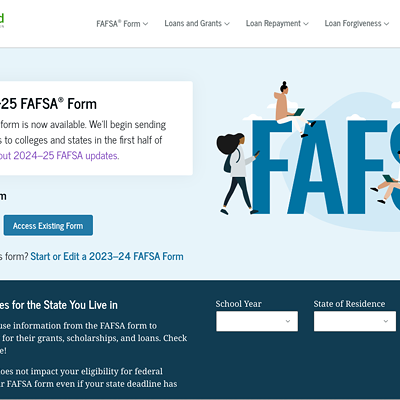Thursday, July 25, 2013
Washington waterkeepers take on BNSF, EPA
Spokane Riverkeeper Bart Mihailovich and the NaturalResources Defense Council filed a lawsuit against Burlington Northern Santa Fe Railway Co. for polluting the Spokane River.
Other organizations, like western Washington waterkeepers and the Sierra Club, have joined Mihailovich and the NRDC in the lawsuit. Those organizations have filed a similar lawsuit against BNSF for pollution in the Columbia River and Puget Sound, and have joined this lawsuit under claims that pollution in the Spokane River, a tributary of the Columbia, affects western water.
The lawsuit will go to court, and Mihailovich said that environmental cases like this usually end in settlement.
“I expect and hope to hear from attorneys at BNSF so we can talk about the problem we’re trying to address,” Mihailovich says.
Mihailovich filed his 60-day notice in May. We talked to Mihailovich about the issue in June — here’s the interview.
“No matter where you lie (on the political spectrum), I think we can all argue that coal, dirty coal, doesn’t belong in the Spokane River,” he says.
Things have been busy for Washington Waterkeepers lately — the coalition filed another 60-day notice this week. This time, they’re taking on the Environmental ProtectionAgency, claiming that it’s letting Washington state get away with inaccuratefish-consumption rates.
The state fish consumption rate is the amount of fish anindividual Washingtonian consumes daily. Currently, it’s at 6.5 grams.Mihailovich said that’s about the size of a saltine cracker.
With a blend of cultures that traditionally eat a lot offish, like Native American tribes and Asian American communities, a singlesaltine cracker doesn’t cut it. Oregon’s fish consumption rate is 170 grams aday. That’s a whole roll of saltine crackers. (Read previous Inlander coverage here.)
But the problem isn’t how much fish people eat in a givenday — it’s what the government uses the rate for. It uses the fish consumptionrate to determine pollution standards and set human health criteria, so peoplecan eat their daily ration of fish without getting sick.
The Washington legislature has made attempts to addresschanging the state’s fish consumption rate over the last two years, butbureaucracy got in the way — Mihailovich cites changes in governorship andindustrial pressures in the delay.
“The state’s spinning its wheels and not really doinganything,” Mihailovich says. “What we’re doing is pushing [the EPA’s] hand tomake them do what’s right.”
The EPA has the authority to call the state out on slackingand intervene to initiate change. Mihailovich says the EPA is aware of thelow fish-consumption rate in the state and has expressed frustration in thedelays to address it. He hopes the 60-day notice will light a fire under theEPA and get the ball rolling.
If the EPA doesn’t respond to the waterkeepers’ noticewithin the given 60-days, the waterkeepers can file a lawsuit under the CleanWater Act. If the EPA does respond, they will discuss what the state is orisn’t doing and how they plan to address it and get the state’s Department ofEcology to take the necessary steps to change the fish-consumption rate and toprotect Washington’s waters.
Tags: Spokane Riverkeeper , Burlington Northern Santa Fe , Environmental Protection Agency , News , Image














